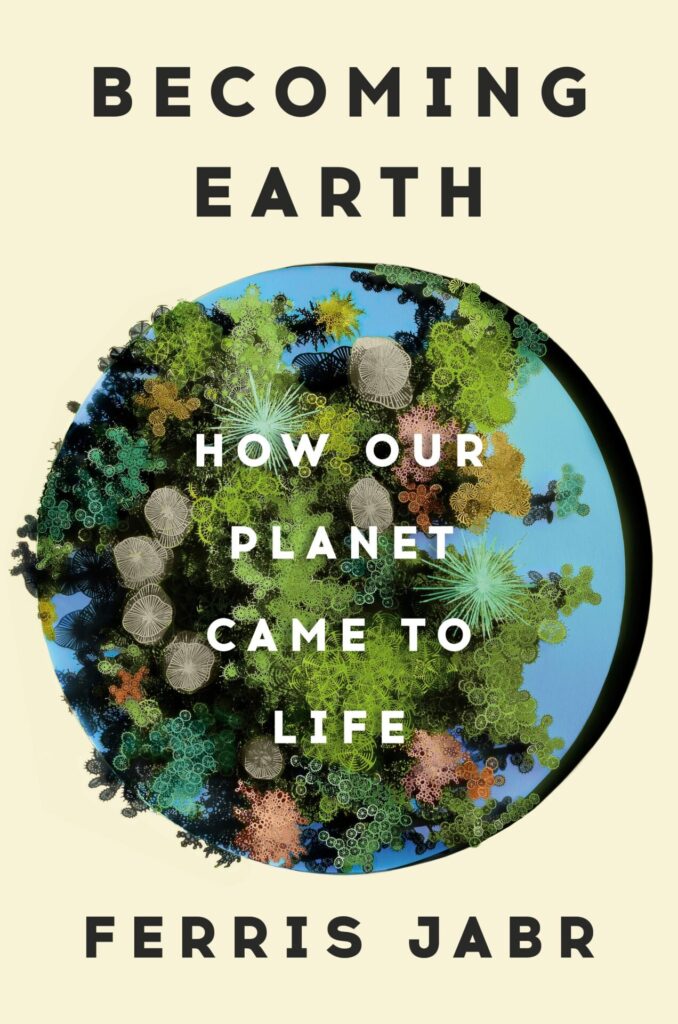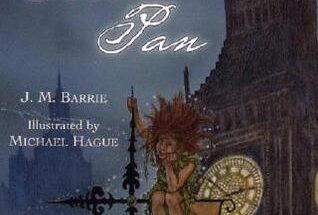
Becoming Earth: A Journey Through the Living Planet
In “Becoming Earth,” Ferris Jabr presents a groundbreaking exploration of our planet, reframing it not merely as an inert rock floating in space but as a vibrant, interconnected living system. These thought-provoking narrative invites readers to reconsider the relationship between life and Earth, illustrating how organisms have shaped their environment over billions of years. Through a blend of science, history, and personal reflection, Jabr reveals the intricate ways in which life and Earth co-evolve, creating a dynamic ecosystem that sustains us all. As we confront the pressing environmental crises of our time, “Becoming Earth” serves as both a celebration of life’s resilience and a call to action for the stewardship of our planet.
Main Characters
While “Becoming Earth” is a nonfiction work, it features various key figures and concepts that play significant roles in the narrative:
1. Ferris Jabr
As the author and narrator, Jabr guides readers through the complex interplay of life and Earth. His insights and observations, drawn from extensive research and interviews with scientists, provide a compelling narrative that blends poetic language with scientific rigor.
2. Scientists and Researchers
Throughout the book, Jabr introduces a diverse cast of scientists and researchers who have contributed to our understanding of Earth’s systems. Their work highlights the interconnectedness of life and the environment, showcasing how various organisms, from microbes to large mammals, influence the planet’s ecology.
3. Historical Figures
Jabr references historical figures, such as James Lovelock, who championed the Gaia hypothesis—the idea that Earth functions as a self-regulating system. These figures provide context for the evolving understanding of the relationship between life and the planet.
4. Environmental Activists
The narrative also includes voices from contemporary environmental activists and conservationists who are working to protect and restore ecosystems. Their stories illustrate the urgent need for action in the face of climate change and habitat destruction.
Key Events and Plot
“Becoming Earth” unfolds through a series of thematic explorations rather than a linear plot. Key events include:
1. The Gaia Hypothesis
The book begins by introducing the Gaia hypothesis, which posits that life and the Earth are interconnected in a complex, self-regulating system. Jabr discusses how this idea, once considered fringe, has gained acceptance in the scientific community, reshaping our understanding of Earth’s dynamics.
2. Life’s Transformative Power
Jabr explores how life has dramatically altered the planet over billions of years. He details how microorganisms, plants, and animals have contributed to the formation of landscapes, the composition of the atmosphere, and the regulation of climate. For instance, he describes how forests release water vapor and nutrients that influence weather patterns, illustrating the active role of life in shaping the environment.
3. Microbial Influence
A significant portion of the book focuses on the role of microbes in Earth’s systems. Jabr explains how these tiny organisms are essential for processes such as soil formation, nutrient cycling, and even climate regulation. He emphasizes that without microbes, life as we know it would not exist, highlighting their importance in the Earth’s ecosystem.
4. Human Impact on Earth
Jabr addresses the profound impact humans have had on the planet, particularly through industrialization, agriculture, and fossil fuel consumption. He discusses how these activities have led to rapid environmental changes, pushing Earth into a state of crisis. This section serves as a stark reminder of our responsibility to mitigate our impact and protect the planet.
5. Hope and Restoration
Despite the challenges, Jabr also shares stories of hope and resilience. He highlights innovative conservation efforts and restoration projects that aim to heal damaged ecosystems. By showcasing the work of environmental activists and scientists, Jabr emphasizes the potential for positive change and the importance of stewardship in ensuring a sustainable future.
Themes
1. Interconnectedness of Life and Earth
A central theme of “Becoming Earth” is the interconnectedness of all life forms and their environments. Jabr illustrates how organisms shape their surroundings and how those surroundings, in turn, influence the evolution and survival of species. This theme underscores the idea that life is not separate from Earth but an integral part of its functioning.
2. The Role of Microbes
The book emphasizes the critical role of microbes in maintaining Earth’s ecosystems. Jabr reveals how these tiny organisms are foundational to processes that support life, from nutrient cycling to climate regulation. This theme highlights the often-overlooked importance of the microbial world in our understanding of ecology.
3. Human Responsibility
Jabr addresses the urgent need for humans to recognize their role in shaping the planet. He discusses the consequences of our actions and the responsibility we bear to protect and restore the environment. This theme serves as a call to action for readers to engage in sustainable practices and advocate for environmental protection.
4. Hope and Resilience
Amidst the challenges posed by climate change and habitat destruction, Jabr emphasizes the resilience of nature and the potential for recovery. He highlights stories of successful conservation efforts, illustrating that positive change is possible when individuals and communities come together to protect the planet.
Conclusion
“Becoming Earth” by Ferris Jabr is a captivating exploration of the intricate relationship between life and our planet. Through a blend of scientific inquiry, historical context, and personal reflection, Jabr invites readers to reconsider their understanding of Earth as a living, breathing entity shaped by the very life it sustains
The book serves as both a celebration of the beauty and complexity of our world and a sobering reminder of the challenges we face. As Jabr highlights the interconnectedness of life and the environment, he urges us to recognize our responsibility in shaping the future of our planet.
In a time of environmental crisis, “Becoming Earth” offers hope and inspiration, showcasing the resilience of nature and the potential for positive change. By understanding the profound ways in which life and Earth are intertwined, we can begin to take meaningful action to protect and restore the ecosystems that sustain us. This thought-provoking narrative not only enriches our knowledge of Earth’s systems but also fosters a deeper connection to the living world, encouraging readers to become active stewards of the planet for generations to come.
Read Full Novel
Becoming Earth: How Our Planet Came to Life Goodreads
Read Related Novels
- Read Vector by Robyn Arianrhod eBook Review
- Read On Call by Anthony Fauci eBook Review
- Read Sing Like Fish by Amorina Kingdon eBook Review
- Read Frostbite by Nicola Twilley eBook Review
- The Queen of Spades by Alexander Pushkin eBook Review


